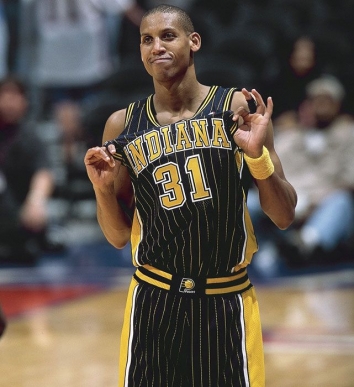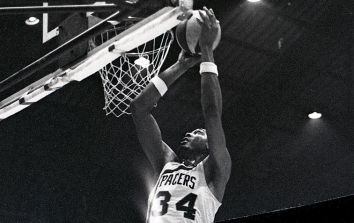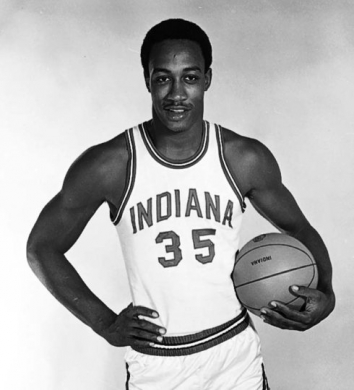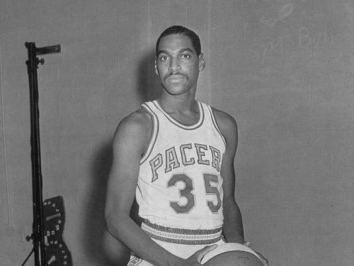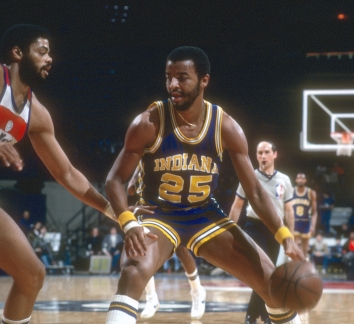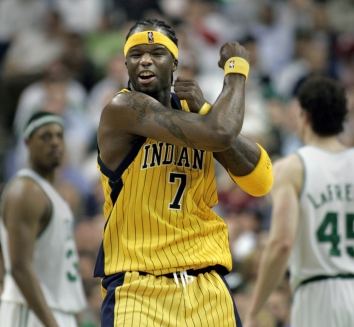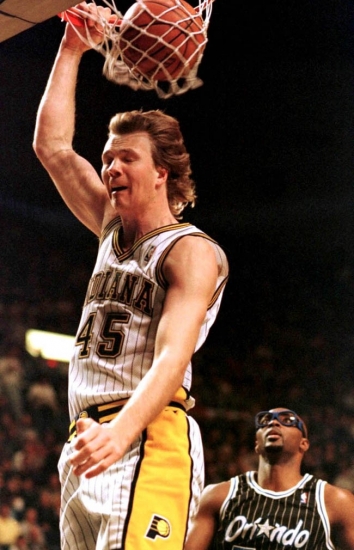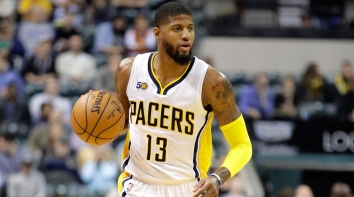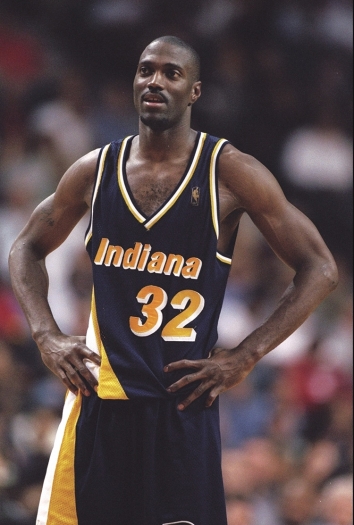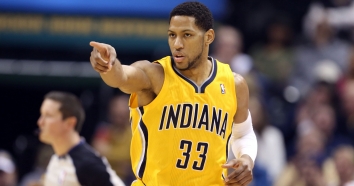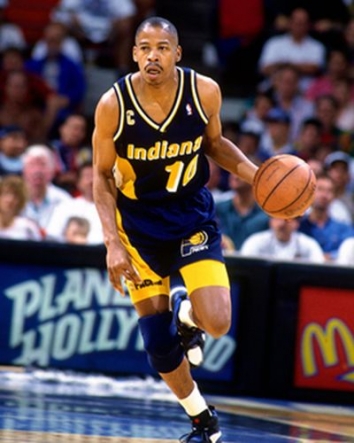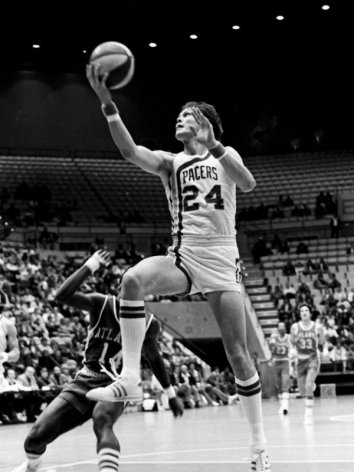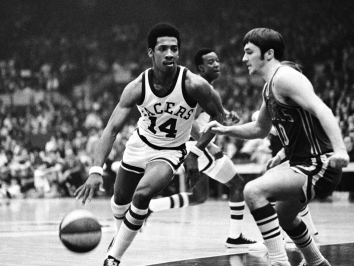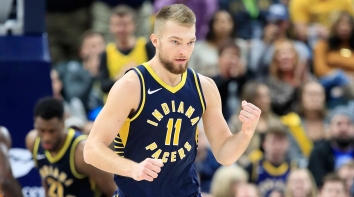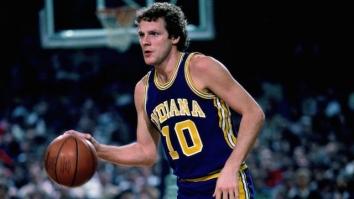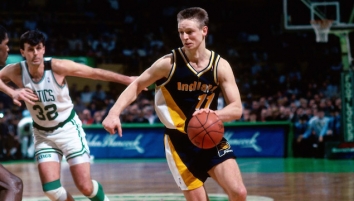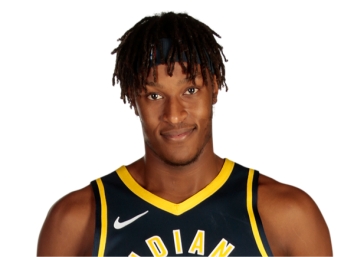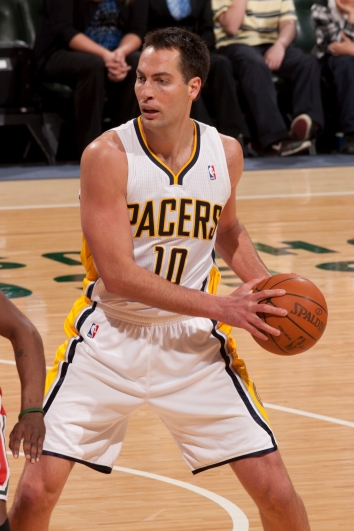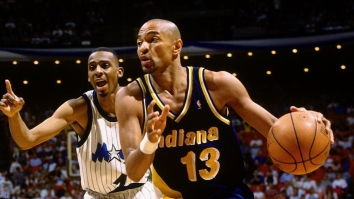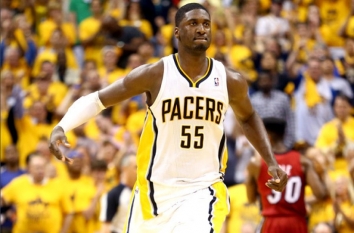Top 50 Indiana Pacers
In 1967, Indianapolis would become the home of the Indiana Pacers, which arguably was the most successful team of the American Basketball Association. In retrospect, how could it not be?
Indianapolis was a growing city, but in the late 60s, the had no professional sports team, just the famous (and still famous) Indianapolis 500. The town was in love with basketball, and it was worth taking a shot, and six investors did just that. While many of the other ABA franchises relocated or folded together, the Pacers stayed firm and won three ABA Championships (1970, 1971 & 1973) with stars like Mel Daniels and George McGinnis.
When the ABA merged with the NBA, the Pacers were one of four teams who joined, but like the three other teams who entered the NBA. Unfortunately, they had financial issues where they had to pay an entry fee and were not able to share in television right for the first four years. This turn of events led to the Pacers being bad for a while, and it took until 1981 for them to make the NBA playoffs. Afterward, they went in another playoff drought, and in the 1980s, would only have two playoff appearances.
The 1990s would be better, mainly due to Reggie Miller, the sharp-shooting guard who would later be a first ballot Hall of Fame inductee. They would make the Eastern Conference Finals four times in the 1990s but were unable to get over the hump. It took their fifth try, 2000, where they finally made the NBA Finals but would lose to the Los Angeles Lakers in six Games.
Going into the new millennium, the Pacers were still good, and Miller was able to will his team into the 2004 Eastern Conference Finals. They were pegged to win it all in 2005 potentially, but the "Malice at the Palace" event occurred; the infamous incident where Ron Artest was charging into the stands after he a drink was thrown at him. Several of his teammates followed him in, and Artest was suspended for the rest of the season. Other suspensions followed, and the Pacers were never the same for the rest of the decade.
In the 2010s, led by a new star, Paul George, they would make the Eastern Conference Finals in both 2013 and 2014.
This list is up to the end of the 2023-23 regular season.
Note: Basketball lists are based on an amalgamation of tenure, traditional statistics, advanced statistics, playoff statistics, and post-season accolades.


